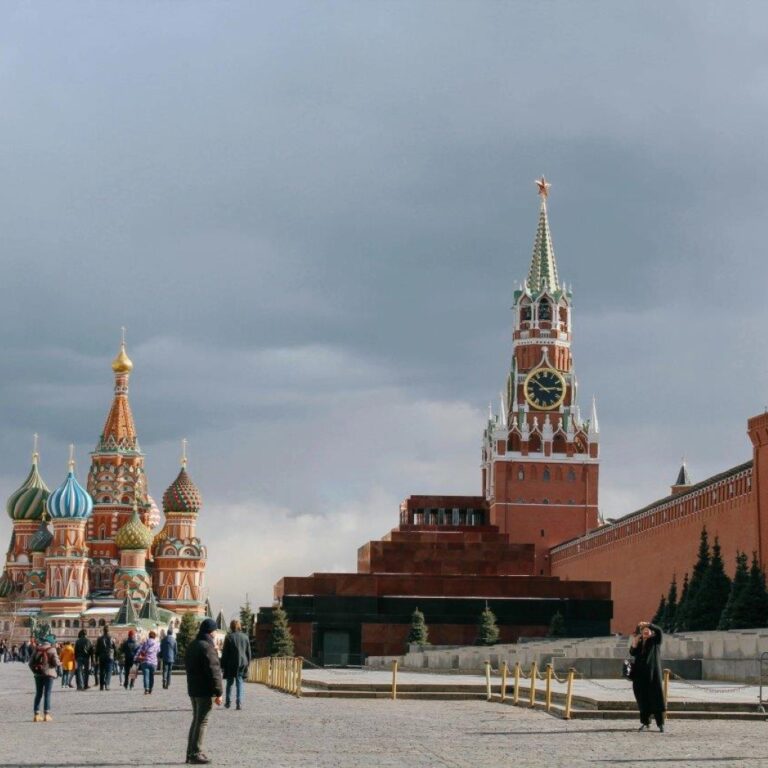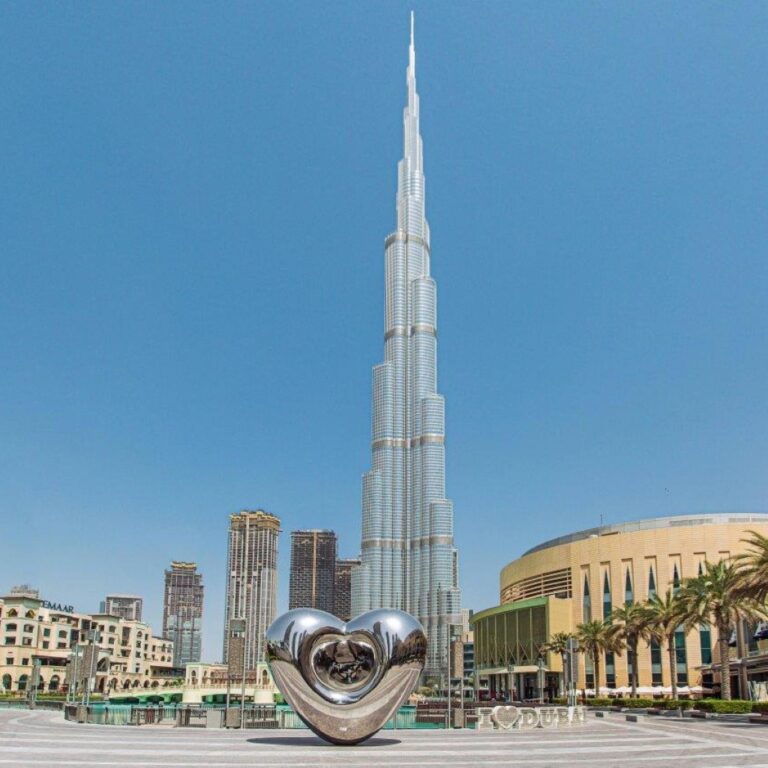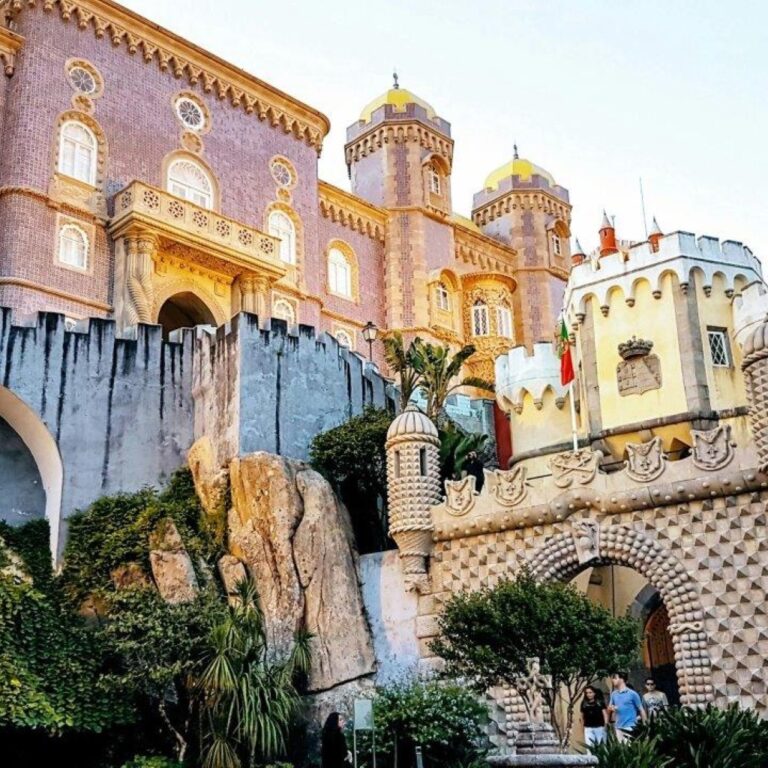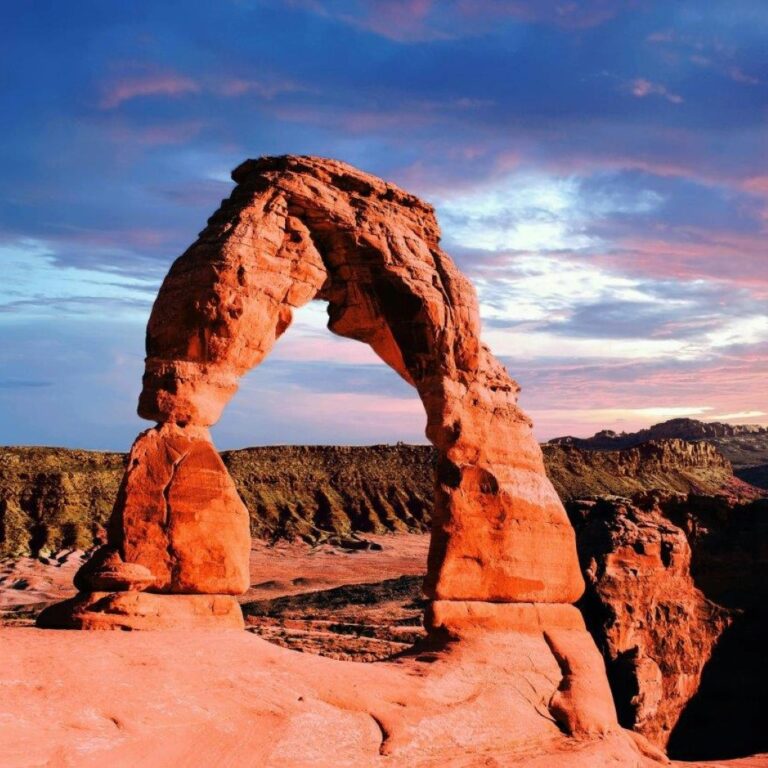The Moscow Kremlin was originally built in the 12th century as a wooden fortification and has since undergone numerous expansions and renovations.
The Kremlin complex covers an area of 27.5 hectares (68 acres) and includes four palaces, four cathedrals, and the enclosing Kremlin Wall with its iconic towers.
The word 'Kremlin' means 'fortress inside a city,' and many Russian cities have their own kremlins, but the Moscow Kremlin is the most famous.
The Grand Kremlin Palace, built in the 19th century, served as the residence of Russian tsars and now hosts official state ceremonies and receptions.
The Kremlin Armoury, one of the oldest museums in Moscow, houses a vast collection of state regalia, ceremonial garments, and treasures, including the famous Fabergé eggs.
The Tsar Cannon, located within the Kremlin grounds, is one of the largest cannons ever made, weighing about 40 tons and cast in 1586, although it was never used in battle.
The Tsar Bell, also within the Kremlin, is the largest bell in the world, weighing 200 tons, but it has never been rung due to a large crack that occurred during casting.
The Kremlin Wall, built in the late 15th century, stretches 2,235 meters (7,332 feet) and includes 20 towers, each with its own unique design and history.
The Spasskaya Tower, one of the most famous towers of the Kremlin, houses the Kremlin clock and serves as the official entrance for presidential and state ceremonies.
The Cathedral of the Dormition, one of the Kremlin's cathedrals, was the site of coronations for Russian tsars and emperors.
The Ivan the Great Bell Tower, standing at 81 meters (266 feet), was the tallest building in Moscow for centuries and offers panoramic views of the city.
The Kremlin has been the official residence of the President of Russia since 1991 and is a symbol of the Russian government.
The complex is a UNESCO World Heritage Site, recognized for its architectural and historical significance.
The Kremlin Senate, designed by architect Matvey Kazakov in the late 18th century, currently houses the presidential administration and offices.
The Kremlin is a popular tourist destination, attracting millions of visitors each year who come to explore its rich history, stunning architecture, and cultural treasures.



